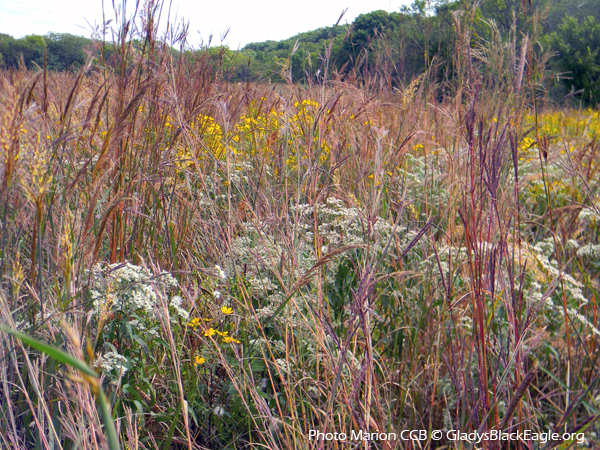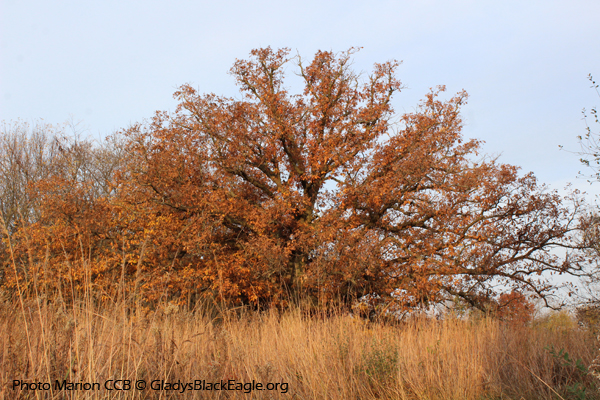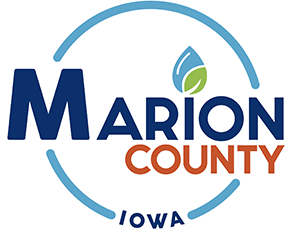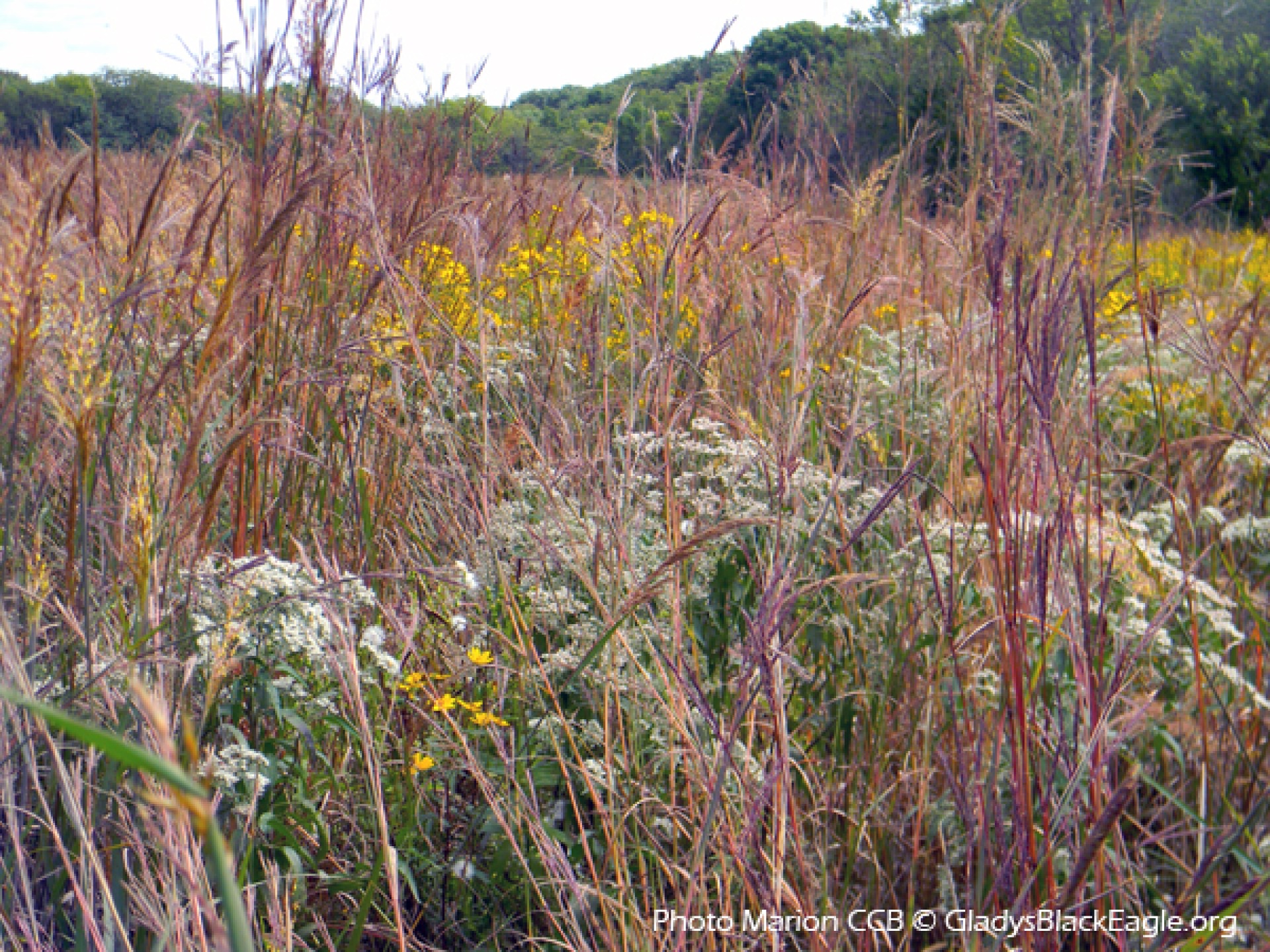What is a 'sense of place?'
Adapted by Linette Bernard, Feathers & Ink, from Developing a Sense of Place

A “sense of place” refers to a child’s (or any person’s) connection with their community and natural environment. A sense of place is developed in the classroom with a place-based education approach that fosters those connections. Place-based education immerses children in their local community, landscapes, heritage, and experiences. It is using the local natural and human world to learn science, social studies, math, art, music, and language. Families can also be the catalyst for connecting family members to local places.
Research has shown that children lose their sense of place when they are focused too quickly or exclusively on national or global issues. It follows the idea that before children can tackle the problems of the rain forest in Brazil they need to love the woods down the street. By exploring the local environment children learn a fundamental connection to the natural world and their place in it. Place-based education does not overlook global or national issues but simply strives to give children a sense of their own place and a love of their own place first. Through hands-on, project-based learning children get involved in the real world right outside their door.
- Download (PDF) and read this essay from David Sobel, Beyond Ecophobia: Reclaiming the Heart in Nature Education - Community Works Journal (communityworksinstitute.org)
Where am I? What is the nature of this place? What sustains this community?
These are simple questions. Or are they? To children today these questions might be anything but simple. As our society moves into cities and suburbs, and away from the natural world, our children’s connection to the natural world has started to disappear. Children today spend more time in front of screens, both television and computer, than they do outside. Some say children are spending half as much time outdoors as they did 20 years ago. Most do not know what is outside their own backdoor - let alone what is down the street. Also lost is the connection to the community and what sustains it. Where did their dinner come from? Ask a child and most likely they will tell you the grocery store.
- Learn about the health benefits (and more) to spending time in the outdoors, National Wildlife Federation
What can we do?

It sounds trite, but “get outside” is what we all need to do! Adults can be the facilitator to their own children, other children in the larger family, to a youth group, and if a teacher, a facilitator for their classroom! Start with the familiar. Help your children look and see! Take everyone outside and have each person find their own spot to sit and observe for five minutes – looking, listening, smelling… and record in a notebook or in their mind. Ask each one to go through their list of what they saw, how did they look or observe (all in one place, random, in a pattern), did they hear things they could not see, did they smell things they could not identify or see… your role is to guide them on how to look and see without telling them what to see!
Observation skills can be learned through being a careful observer, even if there is no sight to be seen, to be aware of your surroundings, and to recognize any part of the environment as being part of the whole. You want to help your children learn to see the trees, plants, flowers, animals AND the woodland as a whole.
Once you’ve explored your backyard – go further. Go to the park down the road, the creek in woods behind your school, go into your community! Help your children learn the history of the local land.
Next – what can YOU do?
In your exploration of your local area and community, did your family see or learn about ways to help your local community? The local natural resources? Is there a project at the local community park that your family can help with? A prairie planting? Tree planting? Community garden? Get children into the community and involved.
Why should we care?
We all know and some can feel the change in our relationship with the natural world AKA the outdoors. Life as we live it day to day has changed significantly for each generation. The rise in hand-held communication and media devices, instant gratification received from social media, and a disconnect from the rural life is impacting our individual and collective connection to things wild. Our natural world sustains in many ways and we need to sustain that natural world. The most direct route to caring for the environment as an adult is participating in “wild nature activities” before the age of 11.
- Download (PDF) and read the executive summary of The Nature of Americans
Books for learning
For more book ideas visit the book search on the Iowa Conservation Education Coalition website that is part of WILD Resources! You can search by topic, age group, and fiction or non-fiction.
Earth Book for Kids: Activities to Help Heal the Environment
Schwartz, L. and B. Armstrong. 1990. Creative Teaching Press, Inc.
Age Group: 3-5 grade, 6-8 grade, Parents & educators
Rachel Carson: Voice for the Earth
Wadsworth. G. 1992. Lerner Publishing Group.
Age Group: 3-5 grade, 6-8 grade, Parents & educators
Girls Who Looked under Rocks
Atkins, J. and P. Conner. 2000. Dawn Publications.
Age Group: 6-8 grade, Parents & educators
True Green Kids: 100 Things You Can Do to Save the Planet
McKay, K., J. Bonnin, and D. de Rothschild. 2008. Natl Geographic Soc Childrens Books.
Age Group: 6-8 grade, Parents & educators
Aldo Leopold: A Fierce Green Fire
Lorbiecki, M. 1999. Oxford University Press, USA.
Age Group: Parents & educators
A Cool Drink of Water
Kerley, B. 2006. National Geographic Society.
Age Group: 3-5 grade, Pre K-2nd grade
Dear Children of the Earth: A Letter from Home
Schimmel, S. 1994. T&N Children’s Publishing.
Age Group: 3-5 grade, Pre K-2nd grade
Why Should I Protect Nature?
Green, J. and M. Gordon. 2005. Barron’s Educational Series, Inc.
Age Group: 3-5 grade, Pre K-2nd grade
Franklin Plants a Tree
Jennings, S. 2001. Scholastic.
Age Group: Pre K-2nd grade
Loony Little: An Environmental Tale
Aston, D.H. and K. Murphy. 2007. Candlewick Press.
Age Group: Pre K-2nd grade
Mighty Tree
Gackenbach, D. 1996. Harcourt Children’s Books.
Age Group: Pre K-2nd grade
Let’s Save Water!
Nelson, S.A., G. Saunders-Smith, and K.M. Krebs. 2006. Capstone Press, Inc.
Age Group: Pre K-2nd grade
Caring for Nature (Help the Environment)
Guillain, C. 2008. Heinemann Library.
Age Group: Pre K-2nd grade
Because Brian Hugged His Mother
Rice, D.L. and K.D. Thompson. 1999. Dawn Publications.
Age Group: Pre K-2nd grade
Each Living Thing
Ryder, J. 2000. Harcourt Children’s Books.
Age Group: Pre K-2nd grade
Respecting Our World
Barraclough, S. 2007. Black Rabbit Books.
Age Group: Pre K-2nd grade
People and the Environment
Boothroyd, J. 2008. Lerner Publishing Group.
Age Group: Pre K-2nd grade
published Monday, June 28, 2021



